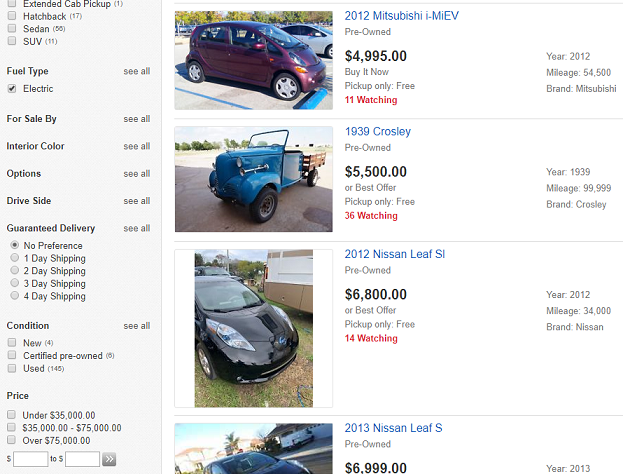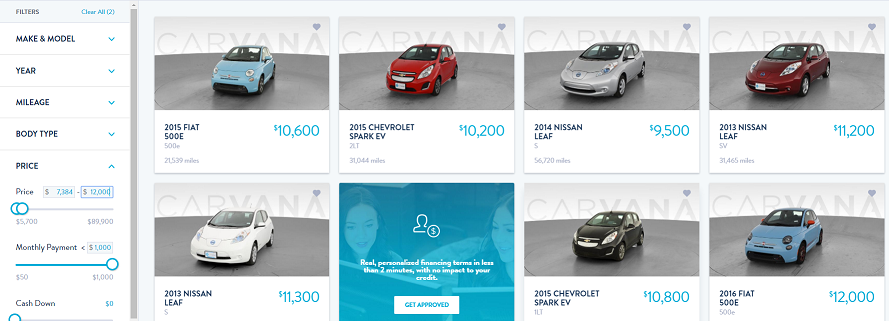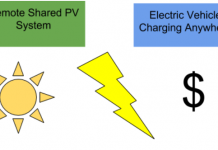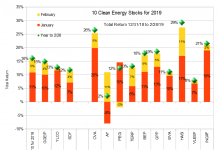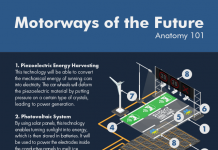When will electric vehicles cost the same or less than gas cars? If you are buying a used vehicle, the answer is “Today.”
If you are considering buying a used car, cost is clearly important to you. That’s why you should seriously consider a used electric vehicle (EVs). Lists of cars that lose their value fastest (a good thing if you are a used car buyer) are full of electric vehicles and luxury vehicles. The first generation of electric vehicles including GM’s (GM) Chevy Volt and the Nissan (NSANY) Leaf regularly appear on lists of cars that depreciate quickly. Less well known early EV like the 2012-2014 Toyota (TM) RAV4 EV and the Ford (F) Fusion Energi can also be had for a fraction of their new vehicle price.
Low prices for used EVs come despite the fact that they are much less expensive to own than used gas vehicles. Not only does electricity cost approximately half as much as gasoline per mile driven, but EVs don’t require oil changes, need less frequent brake pad replacement (because much braking is done with the electric motor) and don’t require emission testing (or repairs if they fail), and there is no transmission.
The flip side of buying a first generation EV is limited driving range, and a used EV will have less range even than they had when new. You can expect your used EV to have between 5 percent and 20 percent less range than it did when new. The early Nissan Leaf is one that can see significant battery degradation, especially if it was driven a lot in hot climates. The Leaf lacks a battery temperature management system, which does a lot to protect the batteries in most other EVs.
How to Choose
If have a one car household and live rural or frequently take long trips, the limited range of pure EVs means that you will probably want a Plug-In Hybrid EV (PHEV) like the Volt. These cars have limited electric-only range (38 miles in the case of the Volt), after which a gas engine kicks in.
If you have access to another car for longer trips, a low cost EV with limited range will allow you to do most of your driving for pennies per mile. Choosing one is relatively easy because there are only a few common models. A Smart EV can often be found for as little as $5000, but had only 58 miles of electric range when new (expect 50 to 55 miles depending on how old the one you find is.) The ubiquitous Leaf can be had for as little as $9000 and will give you about 70 miles of range. People who need more range should consider a used Volt plug-in hybrid. A used Volt can be had for about $15,000, and gives the opportunity to drive on electric power for something like 35 miles after battery degradation, but also has a gas generator for longer trips.
A number of other, more obscure EVs were built in limited quantities from 2011 to 2016, such as the 2012-14 RAV4 electric. I highly recommend Facebook groups and other online groups dedicated to particular models both for learning the ins and outs of a car you might be interested in, and for finding used EVs without the dealer mark-up.
Inexpensive Home Charging
All EVs and PHEVs come with a “Level 1” charger that plugs into an ordinary 120V outlet and will add about 5 miles of range per hour of charging. With this, a Volt will be fully charged in 7 hours, a Smart in 11, and a Leaf in 15. The level 1 charger that comes with the Volt is also capable of Level 2 charging at double this rate if it is plugged in to 240V outlet like one for a dryer using an adapter costing $20 to $50.
For owners of EVs other than the Volt, inexpensive ($200 to $300), portable level 2 chargers that plug into various types of 240 volt outlets are available online. If you have such an outlet near your parking space already (perhaps for a clothes dryer in a garage) you can find one by searching for “Level 2 EV charger NEMA 6-20” if your outlet is a NEMA 6-20R. You can identify your receptacle by comparing to a NEMA configuration chart. Only if you do have to add a 240 volt outlet in your garage or next to your driveway does preparing for Level 2 charging have to be expensive.
If you only plan to drive your EV 50 miles or less a day, you can probably make do with Level 1.
How to buy
If you are buying one of the less common first generation EVs, you probably will not find it close by. Fortunately, having a car shipped to you is a lot simpler and less expensive than it sounds. While the buyer is usually responsible for the cost of delivery, if you buy from a dealer, they can arrange for the car to be shipped to you. Ebay Motors has links to third party shippers that will give you quotes for delivery along with its listings, and Carvana has its own delivery service. While you can expect to pay $500 to $1,500 for delivery, you will usually save more than that on the purchase price by buying online, and delivery charges are not subject to sales tax.
Conclusion
Buyers of new EVs can make the argument that the money they save on gas and maintenance pays for the extra up-front cost quickly. Electricity will cost 3 to 5 cents per mile driven, or even less if you can take advantage of free charging at work or at public charging stations. Buyers of used EVs get these same savings, without the extra up-front cost. If you’re looking for an affordable car, look no farther than a used EV.

